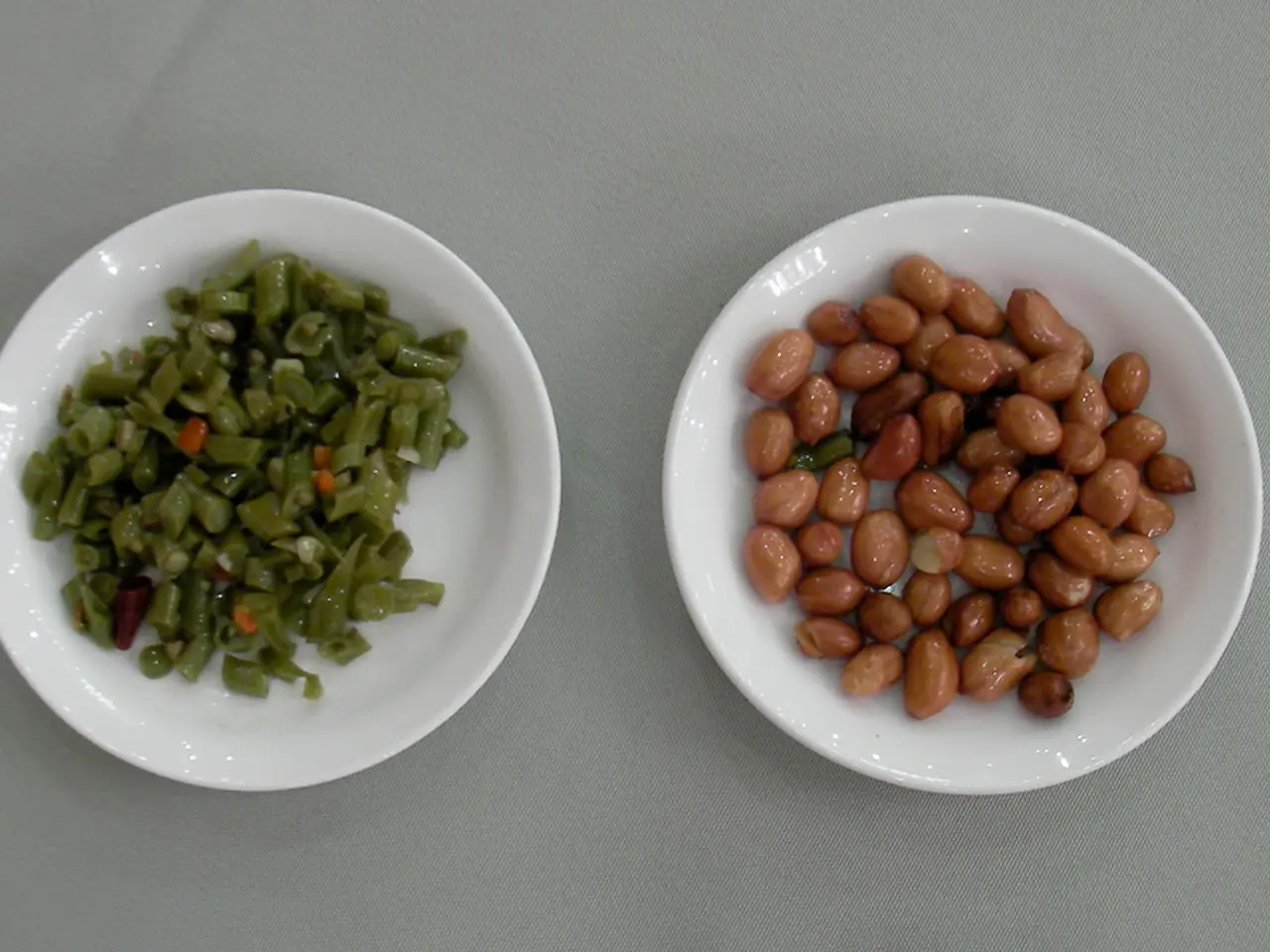Differences Clarified: Chest Adiposity vs. Gynecomastia
In the realm of men's health, understanding the differences between chest fat and gynecomastia is essential for effective treatment. Dr. Rajat Gupta, a renowned board-certified plastic surgeon in Delhi with 15 years of experience, emphasizes this point.
Gynecomastia, a hormonal imbalance leading to the growth of firm, glandular breast tissue beneath the nipples, is a central point of contention in many men's lives. On the other hand, chest fat is simply excess fatty tissue deposited in the chest area due to overall weight gain or lifestyle factors such as poor diet and lack of exercise.
The key differences between treating chest fat (pseudogynecomastia) and gynecomastia lie primarily in their underlying causes and thus the treatments that target those causes.
Gynecomastia treatment aims to address hormonal causes and the glandular tissue growth. Non-surgical options include medications or hormone therapy to balance testosterone and estrogen levels. Surgical options, such as removal of glandular tissue via liposuction or excision, may be necessary if the condition is persistent or severe. Lifestyle changes, such as weight loss and exercise, may help but often prove insufficient because glandular tissue does not respond to fat loss alone.
Chest fat treatment, however, focuses on lifestyle modifications since the cause is fatty tissue accumulation. Dietary changes, incorporating strength training and cardiovascular workouts, and weight loss are key strategies to reduce overall and chest-specific fat.
Diagnosis and identification require clinical examination to differentiate between firm glandular tissue (gynecomastia) and soft fatty tissue (chest fat). Imaging and blood tests for hormone levels may be needed for gynecomastia.
In the surgical realm, advancements in technology offer minimally invasive procedures with no visible scarring for gynecomastia surgery. Dr. Rajat Gupta, who specializes in aesthetic surgeries and offers the latest technology in his procedures, uses MicroAire and VASER technology for gynecomastia surgery. MicroAire's power-assisted cannula is used to break up and suction out gland and tissue, while VASER's ultrasound-assisted heating device is used to shrink and tighten skin during the procedure.
It is important to note that male breasts due to gynecomastia cannot be solved with diet and exercise alone. In such cases, gynecomastia surgery may be required to address the issue.
Dr. Rajat Gupta operates the RG Community to spread accurate information about gynecomastia and its treatment. His website provides contact information for booking an appointment. He aims to offer the best remedies and cosmetic procedures to patients in India and globally.
Men with enhanced chests may be affected emotionally due to mental health and self-esteem issues. It is crucial to remember that seeking help and understanding the differences between chest fat and gynecomastia are significant steps towards addressing these concerns. Stopping a chest fat reduction regimen may result in the fat returning, emphasizing the need for long-term commitment to a healthy lifestyle.
[1] National Institute of Diabetes and Digestive and Kidney Diseases. (2021). Gynecomastia Fact Sheet. Retrieved from
- Gynecomastia, a condition characterized by the growth of firm breast tissue in males due to hormonal imbalance, necessitates specific treatments that focus on addressing hormonal causes and glandular tissue growth.
- In contrast, chest fat, which is excess fatty tissue in the chest area due to overall weight gain or lifestyle factors, requires lifestyle modifications such as dietary changes, exercise, and weight loss.
- Plastic surgery, specifically liposuction, and other surgical options are available for treating persistent or severe gynecomastia, while cosmetic therapies and health-and-wellness strategies are suitable for reducing chest fat.
- It is crucial for mental health and self-esteem that men with concerns about their chests correctly identify the issue, whether it's gynecomastia or chest fat, and seek appropriate treatments and therapies.
- In the field of science and health-and-wellness, advancements in technology have led to minimally invasive procedures for gynecomastia surgery, such as those using MicroAire and VASER technology, offering no visible scarring and enhancing patient outcomes.




